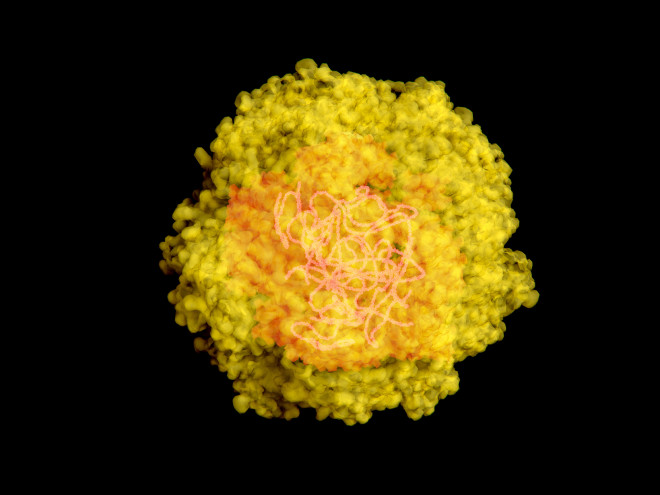
When Zika burst out of obscurity late last year, one of the few things scientists could say for certain is that the virus spread through mosquitoes. Then the pieces started snapping into place: Yes, Zika does cause microcephaly in unborn babies. Yes, the virus does spread through sex.
But a bizarre new case of Zika in Utah raises questions about other, unknown ways the virus could possibly spread. The patient had not traveled to Latin America or the Caribbean, and no one has ever found Zika-carrying mosquitoes in Utah. That rules out transmission by bug. Nor did the patient report having sexual contact with anyone sick with Zika. But the patient did care for an elderly man who caught Zika and died of unknown cases; it was only the second Zika-related death in the US. That man’s blood also contained an unusually high amount of Zika virus.
The whole thing is unusual. Whatever led to the transmission in Utah likely reflects not-quite-average circumstances, otherwise similar cases would have come up sooner. But mysteries like these are also opportunities to learn new things about an enigmatic virus.
The first evidence for sexual transmission of Zika also came from an isolated case with only circumstantial evidence. Brian Foy, an insect-borne disease researcher, traveled to Senegal in 2008 to study malaria, only to come back with a mystery fever. Then Foy’s wife got sick, too. The tests all came up negative—because Zika was too obscure to be on the usual test panels. It wasn’t until Foy met the grandson of Zika’s discoverer by chance that anyone even thought to test for Zika. They published a paper laying out the case for sexual transmission in 2011.
The case raised eyebrows. “There was a lot of skepticism, a lot of people who thought it was just one data point sitting out there in the literature,” says Foy. He wasn’t able to prove semen was the definite source of transmission. “It really is difficult to distinguish the possible role of saliva from sexual transmission,” says William Schaffner, an infectious diseases specialist at Vanderbilt. “When people engage in those activities, it’s usually simultaneously.”
But the discovery of Zika virus in semen and several new cases strengthened the evidence enough that the CDC now recommends using condoms to prevent Zika transmission. Other cases are filling in the details of sexual transmission. Two recent cases in New York and France suggest women can also give men Zika through sex, and women can get Zika through oral sex with men.
The Utah case could come back to saliva. Scientists have detected viral fingerprints of Zika in human saliva, but that is not usually a smoking gun for transmission. (Dengue, for example, is a close relative of Zika, and it is found in saliva but only spreads through mosquitoes.) Levels of virus are usually too low to spread in saliva. Plus, spit contains enzymes that start to break down food, which can also break down virus particles. But given that the man who infected this patient had unusually high levels of virus in his blood, that could have been true of virus levels in his saliva as well.
“It’s a provocative circumstance that may indeed reveal something we don’t know,” says Schaffner, “but we have to let these investigations run their course.” In Utah, investigators collecting samples from family contacts and trapping mosquitoes in the area to rule out the insects for rule.
With every new virus that suddenly gains notoriety—AIDS, SARS, MERS, Ebola—scientists have to piece together clues patient by patient. It’s these weird cases that push the boundaries, however puzzling they appear at first.
